Forget Organic Food, Go for Growth
Using less land and having more high-yield farms could be the best answer to the planet’s needs.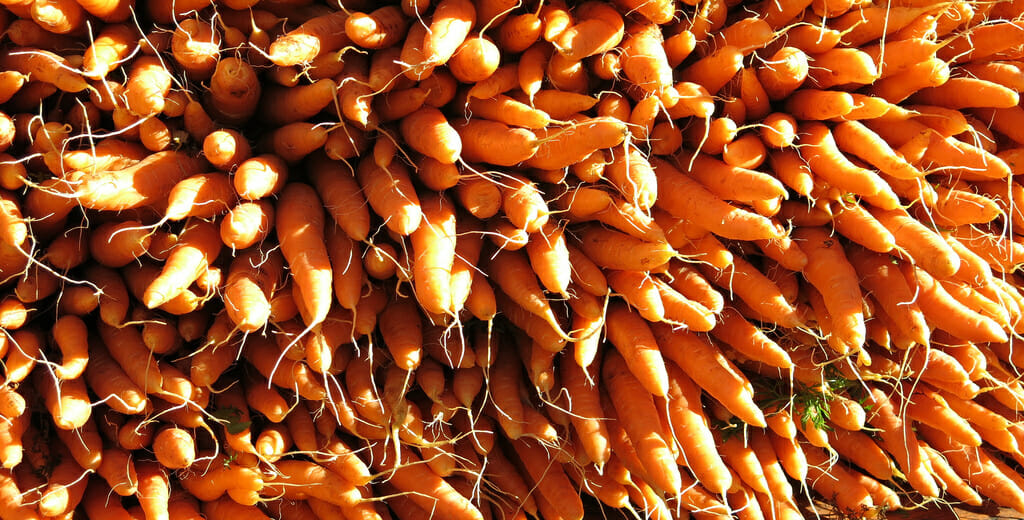 torbakhopper / CC BY-ND 2.0
torbakhopper / CC BY-ND 2.0
Conservation scientists say high-yield farms may help to solve the world’s great dilemma: how, this century, to feed nine billion, contain global warming and at the same time preserve the creatures of the wild.
They endorse intensive agriculture – chemical pesticides, inorganic fertilisers, indoor dairy herds and so on – as an acceptable answer to the challenge of meeting all three objectives.
But they add a cautionary note: the high-yield approach will work only if it is matched by ever more careful conservation of the world’s remaining wild spaces and habitats. They call it “the least bad way forward.”
The proposal, authored by British researchers and colleagues from Poland, Brazil, Australia, Mexico and Colombia, is based on the argument that high-yield systems which make the best use of the best farmland, while sparing the surrounding forests, savannahs, wetlands and drylands, would overall be less ecologically damaging and, best of all, use much less land.
“Agriculture is the most significant cause of biodiversity loss on the planet,” said study lead author Andrew Balmford, a conservation scientist at the University of Cambridge in the UK. “Habitats are continuing to be cleared to make way for farmland, leaving ever less space for wildlife.
Vital connection
“Our results suggest that high-yield farming could be harnessed to meet the growing demand for food without destroying more of the natural world. However, if we are to avert mass extinction it is vital that land-efficient agriculture is linked to more wilderness being spared the plough.”
He and his colleagues report in the journal Nature Sustainability that they took a closer look at an enormous range of studies of food production: these included the Asian paddy fields that produce 90% of the world’s rice, the farmlands of Europe that produce a third of the globe’s wheat, the Latin American ranches that produce almost a quarter of the world’s beef, and the European dairies that generate more than half its milk, butter and cheese.
And they found that in field trials, inorganic nitrogen fertiliser could push up yields with little or no greenhouse gas penalty, and reduce the use of water per tonne of rice. Judicious tree-planting for shade, shelter and forage could – in some cases at least – halve greenhouse gas emissions from cattle rearing. And in the European dairy sector, organic practices caused at least one third more soil loss, and took up twice as much land, as intensive high-yield farming.
The researchers concede that the available data is limited, and want to see a lot more research. Their finding is, on the face of it, at variance with another conclusion reported in the same issue of the same journal, which argued that there was also evidence that less intensive farming could deliver good outcomes for greenhouse gas emissions and for productivity.
The proper lesson to be drawn however may be simply that there is no single global answer to the triple challenge of food, climate and conservation: governments and societies will have to look carefully at all the options for their own farmers.
“Agriculture is the most significant cause of biodiversity loss on the planet. Habitats are continuing to be cleared to make way for farmland, leaving ever less space for wildlife”
But all three challenges are pressing: global warming and higher carbon dioxide ratios in the atmosphere threaten both overall yields and the nutritional values of the most important crops, while higher temperatures will encourage ever-hungrier insect predators.
Researchers have repeatedly made the case for preserving forests as a way of limiting climate change, and climate scientists have warned, again and again, that rising temperatures could dramatically affect the world’s wild habitats as well as the regional climates that support global agriculture.
The argument for high-yield intensive exploitation of a more limited extent of farmland is not new, and the Cambridge scientists have made the same case before. And, they stress, the results will be good only if investment in high-technology farming is matched by greater conservation efforts.
“These results add to the evidence that sparing natural habitats by using high-yield farming to produce food is the least bad way forward”, said Professor Balmford.
“Where agriculture is heavily subsidised, public payments could be contingent on higher food yields from land already being farmed, while other land is taken out of production and restored as natural habitat, for wildlife and carbon or floodwater storage.”
Your support matters…Independent journalism is under threat and overshadowed by heavily funded mainstream media.
You can help level the playing field. Become a member.
Your tax-deductible contribution keeps us digging beneath the headlines to give you thought-provoking, investigative reporting and analysis that unearths what's really happening- without compromise.
Give today to support our courageous, independent journalists.
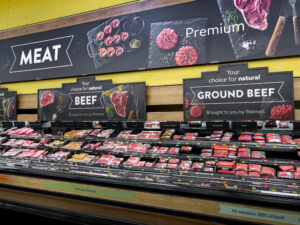
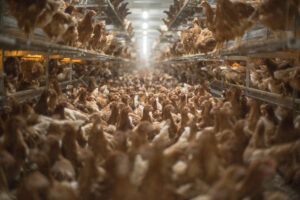
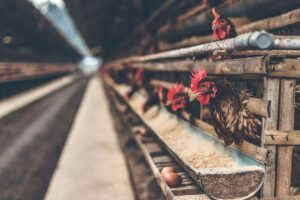

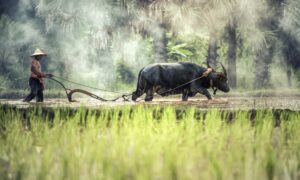

You need to be a supporter to comment.
There are currently no responses to this article.
Be the first to respond.